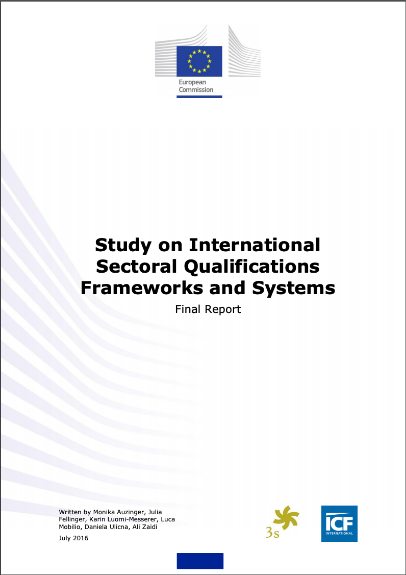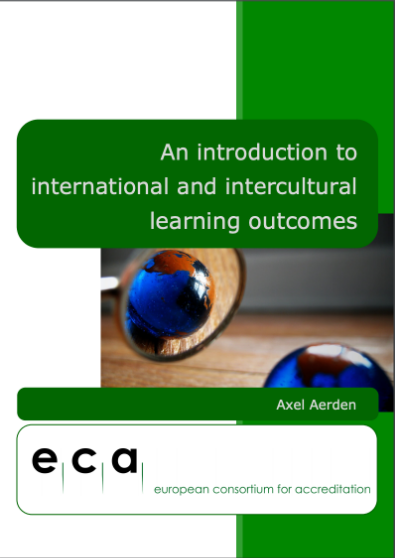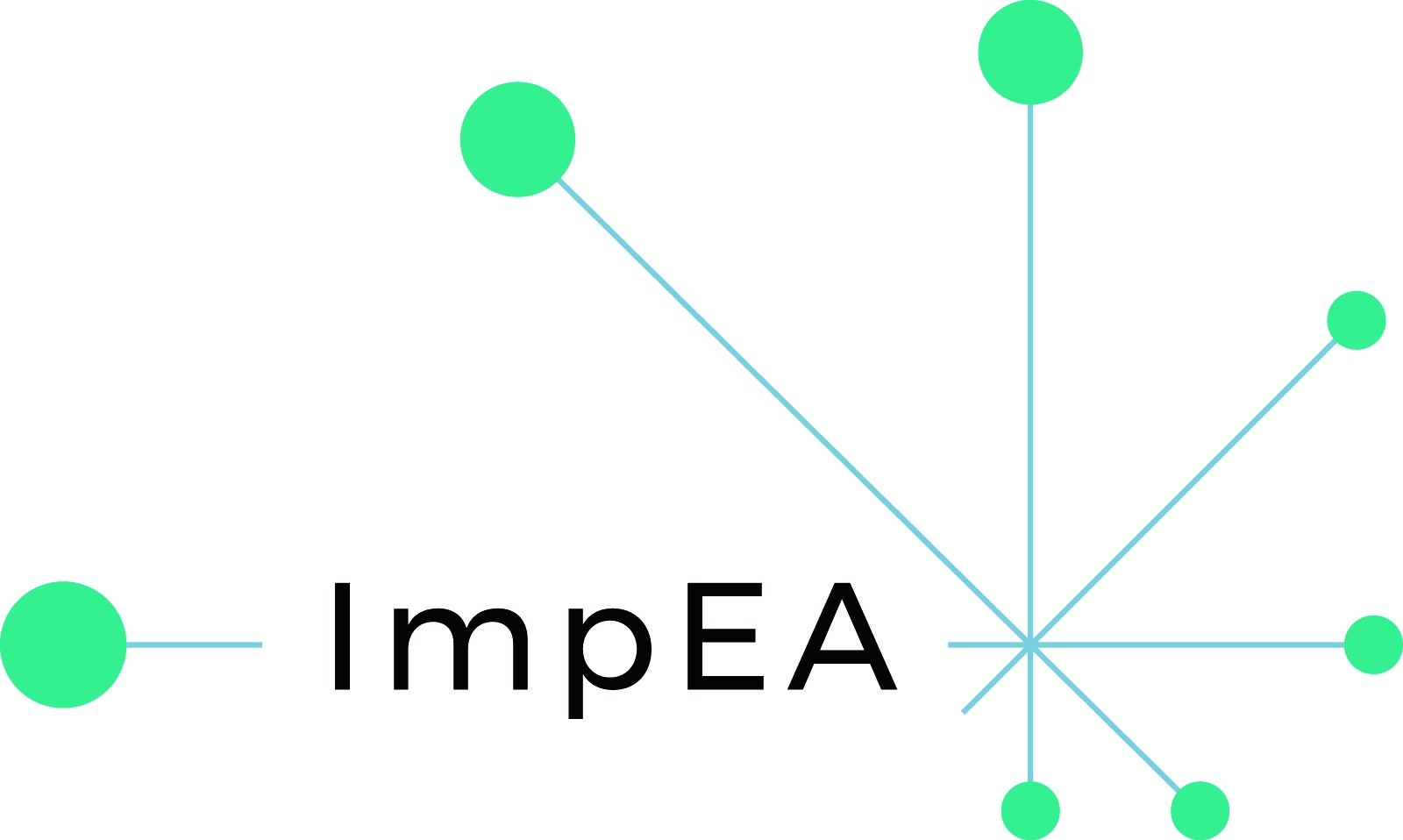Check other articles
1. Eligibility
2. Learning outcomes
3. Study programmes
4. Admission and recognition
5. Learning, teaching and assessment
6. Student support
7. Resources
8. Transparency and documentation
9. Quality assurance
2
Learning outcomes
This standard closely corresponds with the ESG Standard 1.2 Design and approval or programmes. However, this standard of the European Approach includes some important aspects which need to be taken into consideration due to joint programmes unique nature.
2.1 Level
The intended learning outcomes should align with the corresponding level in the Framework for Qualifications in the European Higher Education Area (FQ-EHEA), as well as the applicable national qualifications framework(s).
One of the most distinctive features of a joint programme is the fact that it is designed and delivered by multiple partner higher education institutions located in different countries. Each of the degree awarding partner needs to make sure that it fits their national degree systems. Intended learning outcomes in regular study programmes need to be aligned with the national qualifications’ framework. However, since a joint programme should lead to award of multiple or joint degree therefore, its intended learning outcomes need to be aligned with the respective national qualifications framework of higher education system of each awarding degree partner. Each national qualifications’ framework within EHEA is officially referenced to the European Qualifications Framework, and thus, compatible with the Framework for Qualifications in the European Higher Education Area.
There are many ways in which the joint programme can assure and provide evidence for such alignment and correspondence. One of them, is to develop a matrix in which each programme’s intended learning outcome would be referred to a specific learning outcome included in the EQF and NQFs. Such matrix is recommended as an annex indicated in the template for a self-evaluation report.
In some other, specific cases it might also be possible to reference a joint programme’s intended learning outcomes to the International Sectoral Qualifications Framework, provided that they are recognised as aligned with the relevant National Qualifications’ Frameworks. Such approach might be a good starting point for new programmes, provided that relevant ISQF is available. More on the issue of the International Sectoral Qualifications Frameworks’ can be found in the below report of the European Commission.
Study on International Sectoral Qualifications Frameworks and Systems

2.2 Disciplinary field
The intended learning outcomes should comprise knowledge, skills, and competencies in the respective disciplinary field(s).
Intended learning outcomes are the starting and reference point for all further stages of a joint programme’s design, implementation and quality assurance. They determine further teaching and learning strategy, assessment methods and support measures necessary to provide in order to assure their achievement. Therefore, they should be designed and formulated very carefully, as they become a promise given to prospective students of the joint programme.
Moreover, in the quality assurance procedures based on the European Approach, intended learning outcomes have even more significant role. They are the very first moment in the joint programme’s design, where the aspect of jointness can be emphasised. Through the unique set of programme’s learning aims, objectives and learning outcomes, the consortium can verbalise its desire for programme’s added value coming from joint delivery. Such synergy should provide learning opportunities hardly achievable within a single higher education intuition.
Intended learning outcomes of a joint programme should indicate its added value coming from the joint delivery mode. However, it should be taken into consideration, that they are still the key reference point for the design of teaching, learning and assessment strategies within each module and the programme as a whole. Therefore, the intended learning outcomes should be formulated in a way that enables assessment and verifications of its achievement in the course of the programme. It is also important to limit the overall number of learning outcomes, in order to assure their full implementation within the courses of the programme. Finally, the set of the joint programme’s intended learning outcomes, should be a joint decision of the consortium.

2.3 Achievement
The programme should be able to demonstrate that the intended learning outcomes are achieved.
This criterion is a direct follow-up to the rationale behind appropriate design of a joint programme’s intended learning outcomes, indicated previously. Reliable demonstration of achievement of the intended learning outcomes is one of the key indicators of the quality of the programme. This means, that the logic behind adopted curriculum and teaching and learning strategy is correct.
The achievement of the intended learning outcomes should be verified at each stage of the realisation of the programme. It should be taken into account that the formal demonstration might not be possible regarding each one of them. However, whenever possible the evidence for achievement of the intended learning outcomes should be collected. They might be further use for both the purposes of internal and external quality assurance.
Most common demonstration of achievement of the intended learning outcomes can be found in:
- Diploma thesis
- Exams
- Student projects, essays, etc.
The issue of the demonstration of the achievement of the intended learning outcomes can be further elaborated in the report below
Assessment and Demonstration of Achieved Learning Outcomes: Recommendations and Good Practices

However, there are some intended learning outcomes, which demonstration is more difficult than the subject-specific ones. Usually, these are the learning outcomes related with skills and responsibility and autonomy. Considering the joint programmes specific features and learning opportunities, international and intercultural learning outcomes might be most commonly expected. Below report on that topic might be useful
An introduction to international and intercultural learning outcomes

2.4 Regulated Professions
If relevant for the specific joint programme, the minimum agreed training conditions specified in the European Union Directive 2005/36/EC, or relevant common trainings frameworks established under the Directive, should be taken into account.
This criterion is taken into consideration whenever a joint programmes aims to award degrees within professional areas considered for regulated profession, i.e.:
- Medical professions (i.e. doctor of medicine, nurses, midwives),
- dental practitioners,
- veterinary surgeons,
- pharmacist,
- architects,
- naval and maritime related professions,
- technical professions (i.e. diagnostics of mechanical vehicles)
- etc.
In such cases, the requirements indicated in the European Union Directive 2005/36/EC should be included in the programme’s design and delivery.
of the European Parliament and of the Council of 7 September 2005 on the recognition of professional qualifications
